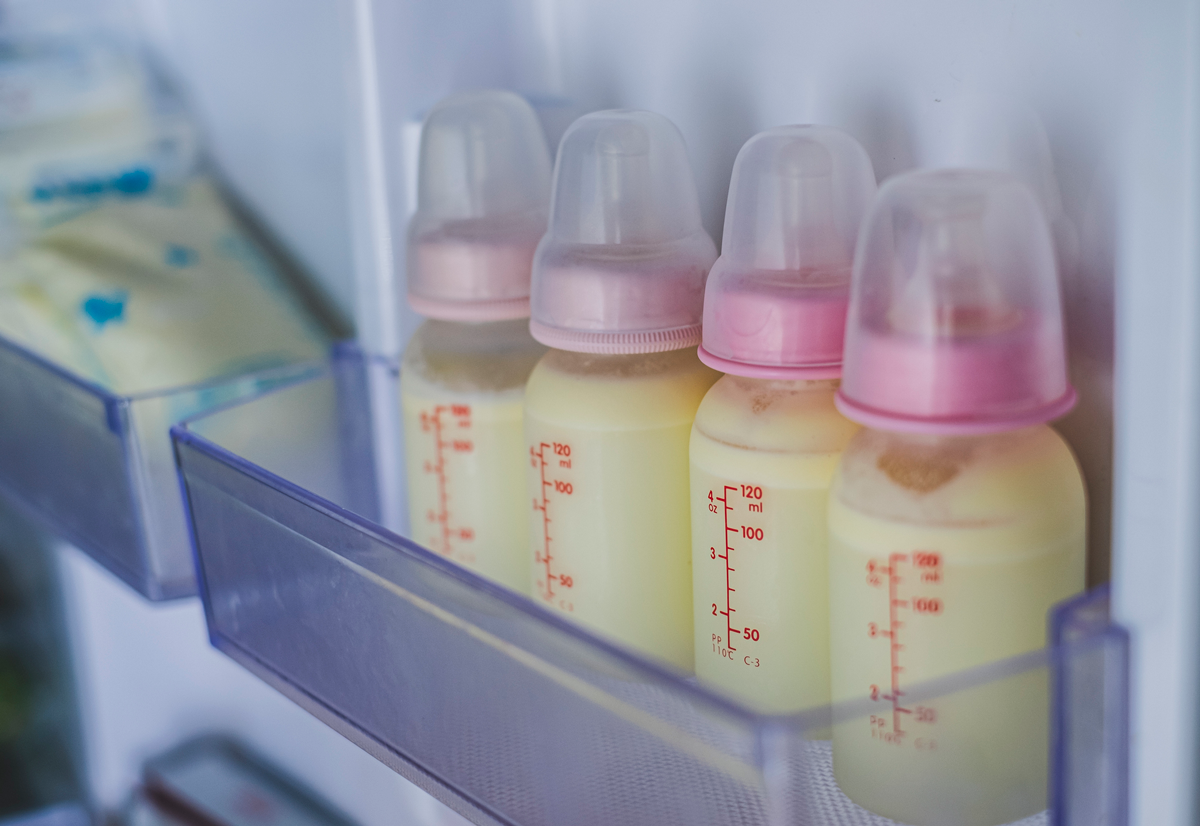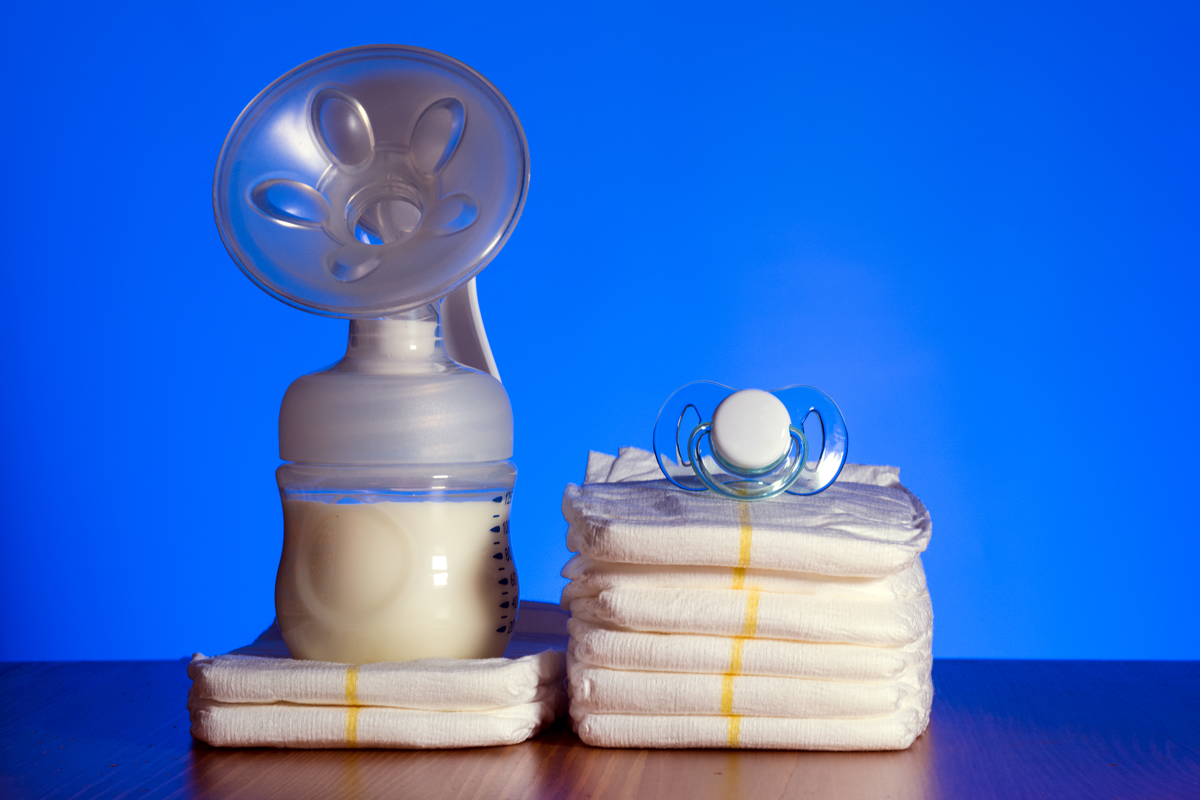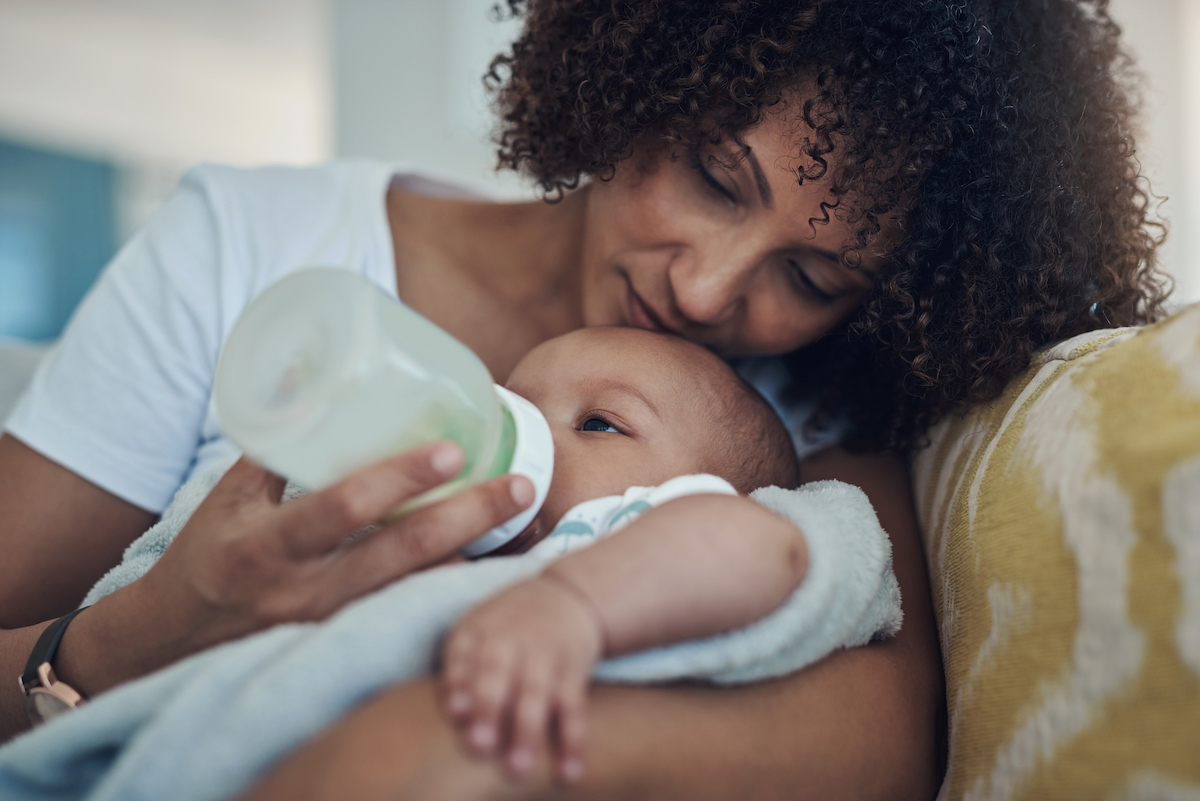What’s the deal with breastfeeding holds? Does it really matter how you hold the baby as long as they have a good latch? Did someone do a study showing that these were the best?
—Holding my baby like a football
This is such a good question — one I never thought about and was then dying to know the answer to once you asked it. This is perhaps in part because of my slightly traumatic memories of the number of breastfeeding pillows I owned with child number one. I vaguely recall one of them had a cupholder, which seems like a nice touch but probably didn’t help the nursing that much.
In short: the two important things to achieve with a breastfeeding hold are the quality of the latch and comfort for the mother. We can see (here is a study in Libya) that poor positioning while nursing can lead to a worse latch and, as a result, discomfort (along with bleeding nipples and so on). However, the position that yields the best latch is likely to differ across people, so there isn’t one answer to “What is the right position?” A natural follow-up question is what a good latch looks like. A couple of things to look for include lack of pain (for mom) and making sure the baby’s mouth is open wide. You really want them to have a mouth full of breast, not just be sipping delicately on the nipple.
In terms of maternal comfort, again, this is somewhat person-specific. Having said that, at least one study analyzed the difference in “trunk lean” by breastfeeding hold. The authors suggest that the football hold, relative to the cradle or cross-cradle hold, may put the least musculoskeletal stress on the mother.
This is an area where a lactation consultant or postpartum doula can be extremely helpful. You may need to try a bunch of different things (or, like me, many pillows) to figure out what works for you and the baby.

















Log in